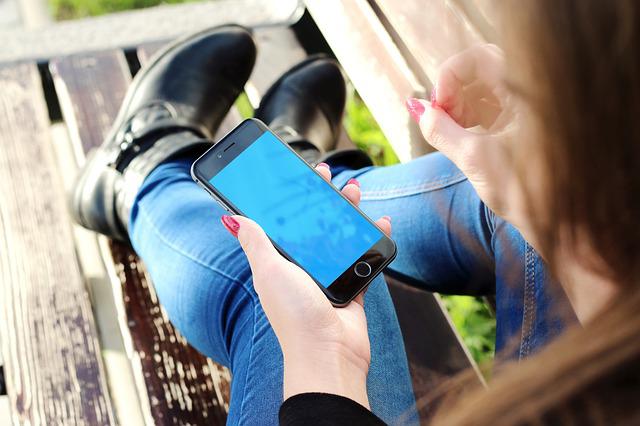
Heavy Cellular Traffic
If you are around many people all using their phones, the chances are that they are also trying to text or talk to other people on the phone. All these cell phones are fighting for space on the cell phone tower nearest to them. When your phone is connected to a tower, you will probably not lose your call.
However, the more cellphone traffic there is fighting for a spot, the weaker your signal will be. Additionally, if your call is transferred to a different tower and it is already full, the chances are that the call will drop. It is probably worth mentioning that if you are an O2 customer you might want to see O2 coverage.
Building Materials
Which building materials affect cell phone signals?
The building material in the place where you are using your cell phone, whether a car, house, shopping mall or place of work, affects your signal. The materials most responsible for blocking cell phone signals are tinted low-E glass and metal.
Check your cellphone signal around the area. If you notice service fading in and out as you walk near a door or stand near a window, then there is a high chance that building/construction materials are blocking your signal.
Low Battery
Does a faulty cell phone battery or low battery affect cell reception?
If your cellphone has a low battery and you put off charging it, you could find yourself struggling to make a call when you need it most. Cellphones need energy from the battery to maintain a connection with a nearby cell tower. If the battery is low, the phone struggles to do this.
Weather: Does the weather affect cellphone signals?
All cellphones receive and transmit waves that are electromagnetic in nature. These waves can be affected by the weather. Conditions such as heavy cloud cover, lightning and thunder, too much wind, snow or ice, and humidity can affect the signal.
Blocking Your Own Antenna
If you can remember the early models of mobile phones, you will realize that they were large and had exterior antennas. They may have been heavy and bulky but they had a consistent signal, which is partly because of the exterior antennas. Today’s cellphones have an internally-embedded antenna. If you are not careful when using your phone, you may block the antenna. You can check the back of your phone to see where the antenna is so that you can avoid blocking the signal and having trouble making calls.
Nature: Do trees affect cell phone signals?
If you are walking around and notice your signal is fading, look around. You may have walked into a grove of trees. The canopy can sometimes block cellphone signals and cause calls to fade or drop. If your property has large coniferous trees, they could be the reason you have poor cellphone reception around the property. In addition to that, heavy snowfall can also affect cell coverage.
Hills and Valleys: Why do these areas have poor cell service?
These geographic features affect cell reception as they interfere with connections from the cell phone to the cell towers. If you live in an area with one cell tower and your property is on the side of a mountain, you will most likely get poor cell service around your home.
